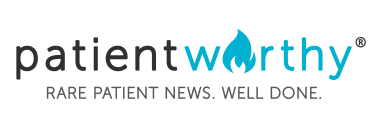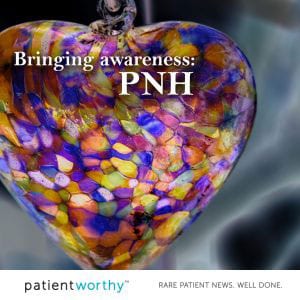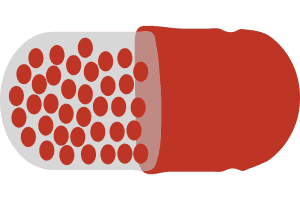The global market for treating Paroxysmal Nocturnal Hemoglobinuria (PNH), a rare but serious blood disorder, is poised for significant growth through 2034, according to a recent analysis by DelveInsight reported by MENAFIN. This optimistic outlook is fueled by a dynamic clinical development pipeline and rising awareness of the disease, which causes red blood cells to break down prematurely, leading to complications such as anemia, blood clots, and organ damage.
Recent years have seen considerable progress in PNH therapies, moving beyond traditional treatments like supportive care and bone marrow transplants. The introduction of targeted therapies, including complement inhibitors, has dramatically improved patient outcomes and quality of life. Drugs such as eculizumab and ravulizumab, which are monoclonal antibodies that block the complement system’s destructive effects, have become cornerstones of PNH treatment, reducing the risk of life-threatening complications and improving survival rates.
DelveInsight’s report highlights that the treatment landscape continues to evolve, with a strong pipeline of novel drugs in various stages of clinical development. These investigational therapies aim to offer more convenient dosing, better efficacy, and fewer side effects. They also hold promise for reaching patients who do not respond well to existing treatments. The pipeline includes next-generation complement inhibitors, oral medications, and therapies targeting alternative pathways involved in PNH.
Market growth is also being driven by increasing disease recognition and improved diagnostic techniques, enabling more patients to receive timely and effective treatment. Pharmaceutical companies are investing heavily in research and development, resulting in a competitive market with multiple players vying for regulatory approvals and market share.
As awareness of PNH spreads among healthcare providers and patients, demand for advanced therapies is expected to rise. Regions such as North America and Europe currently lead the market, but emerging markets in Asia-Pacific are anticipated to see rapid growth due to enhanced healthcare infrastructure and access to new medicines.
Despite these positive trends, challenges remain. The high cost of treatment and limited access in some regions can hinder patient care. Additionally, long-term safety and efficacy data for newer therapies are still being collected. However, ongoing innovation and collaboration between stakeholders are expected to address these barriers over time.








